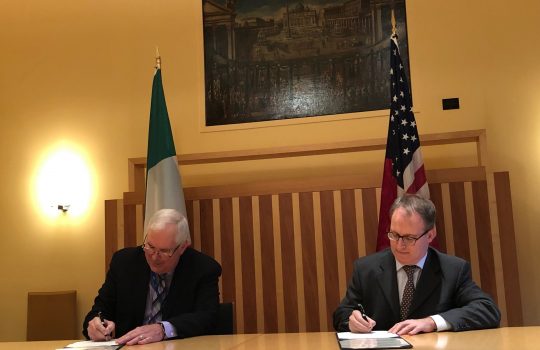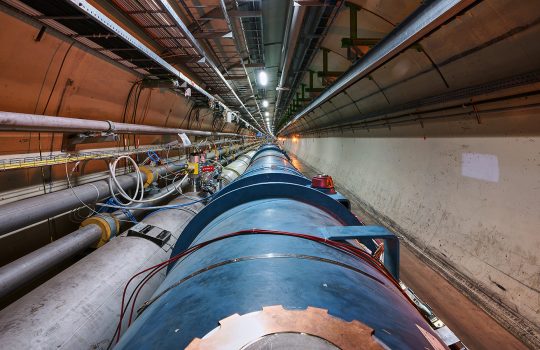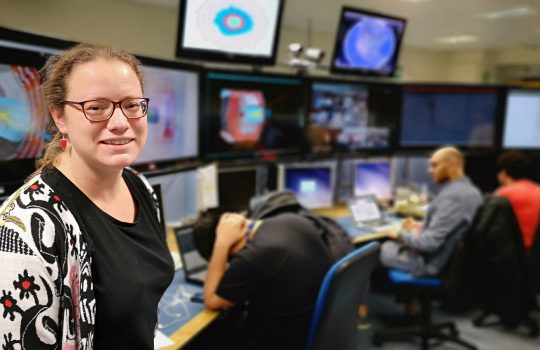A controversial sighting of dark matter is looking even shakier
From Science News, Dec. 5, 2018: The COSINE-100 searched for particles using the same type of detector as another experiment, whose researchers said they had strong evidence that dark matter was interacting in their detector. COSINE-100 found no evidence of the evasive subatomic particles. Fermilab scientist Dan Hooper comments on COSINE-100’s findings.




